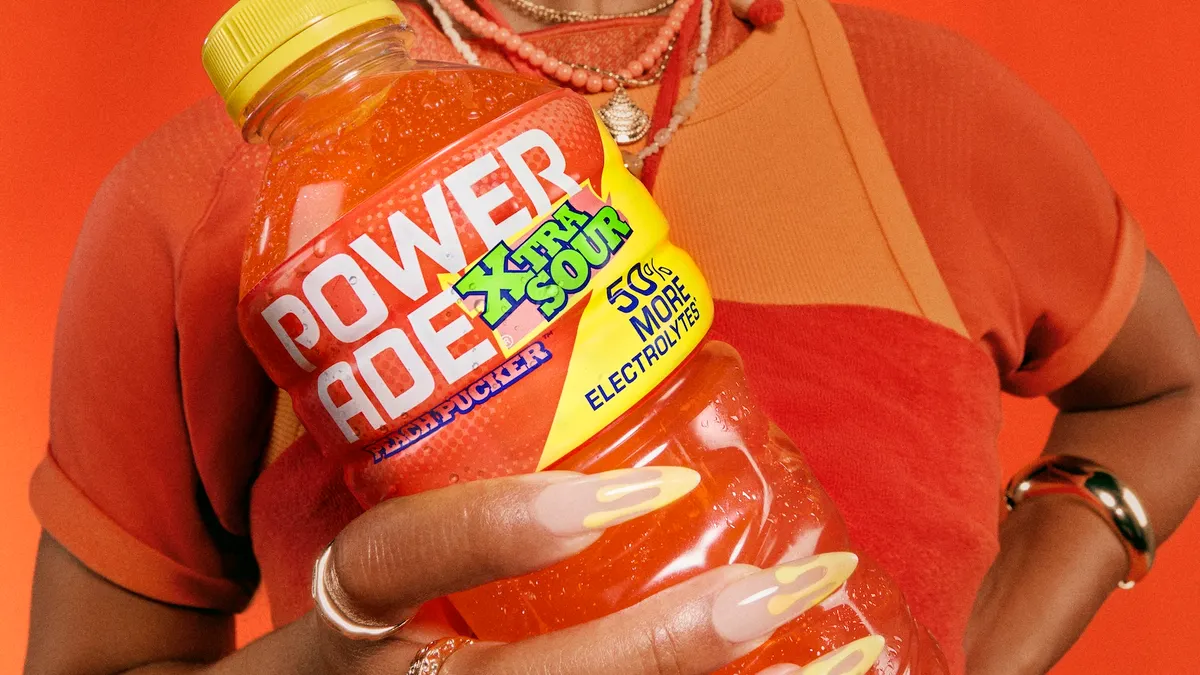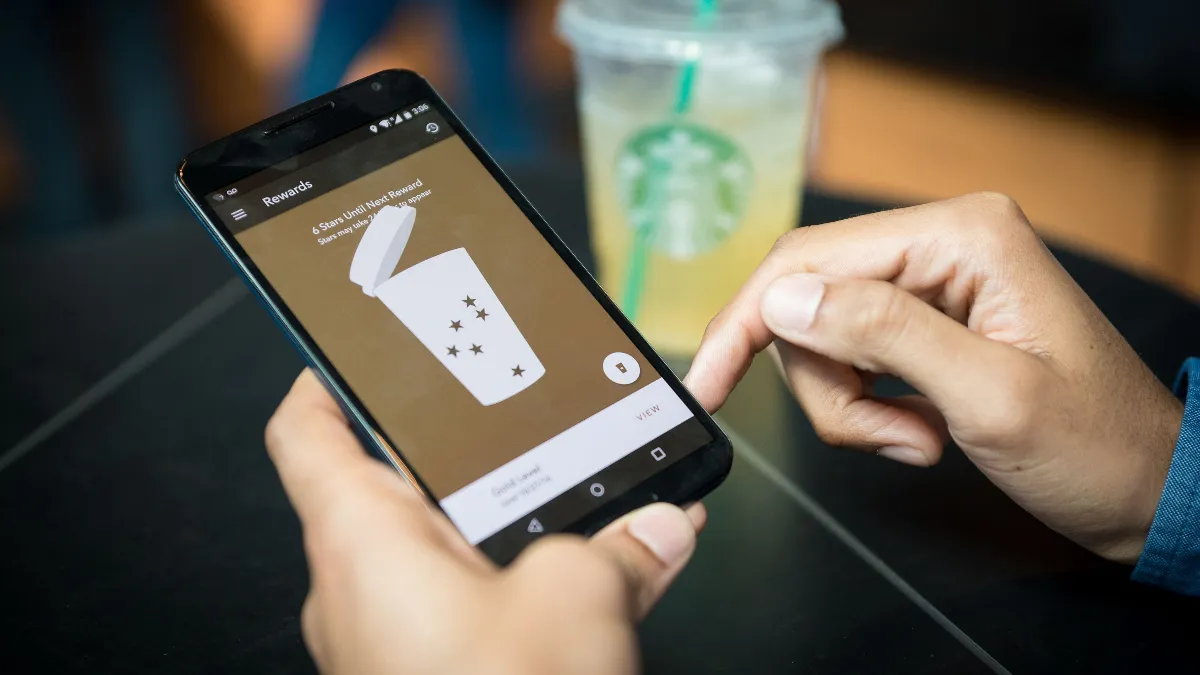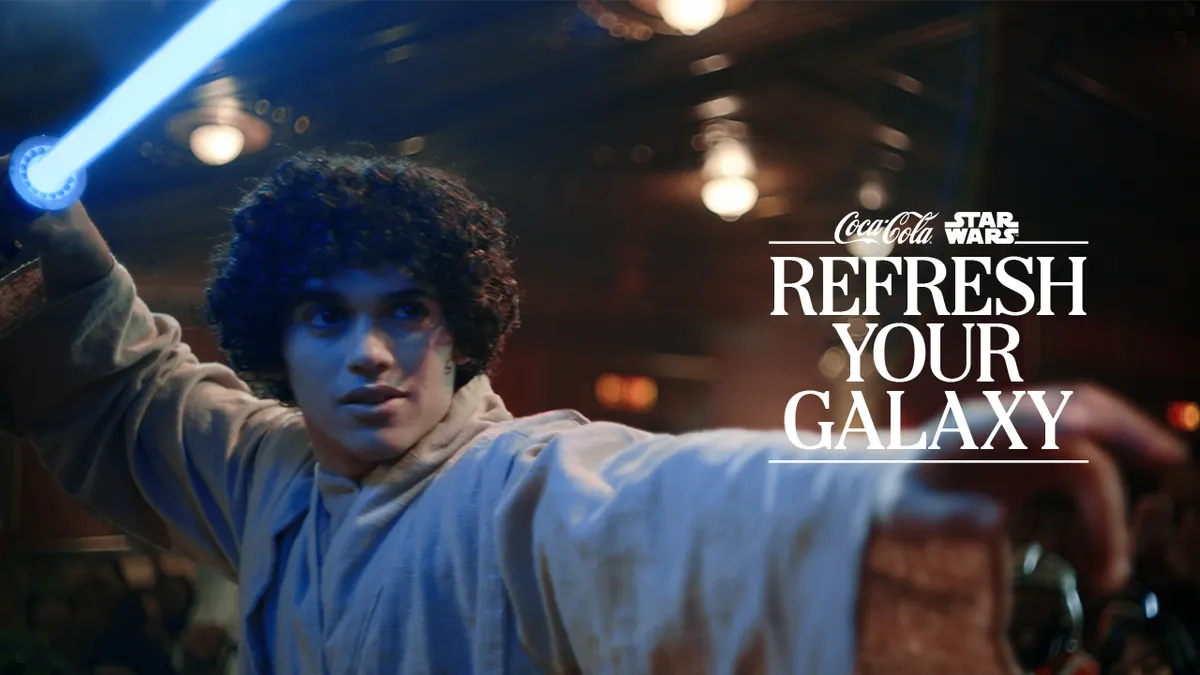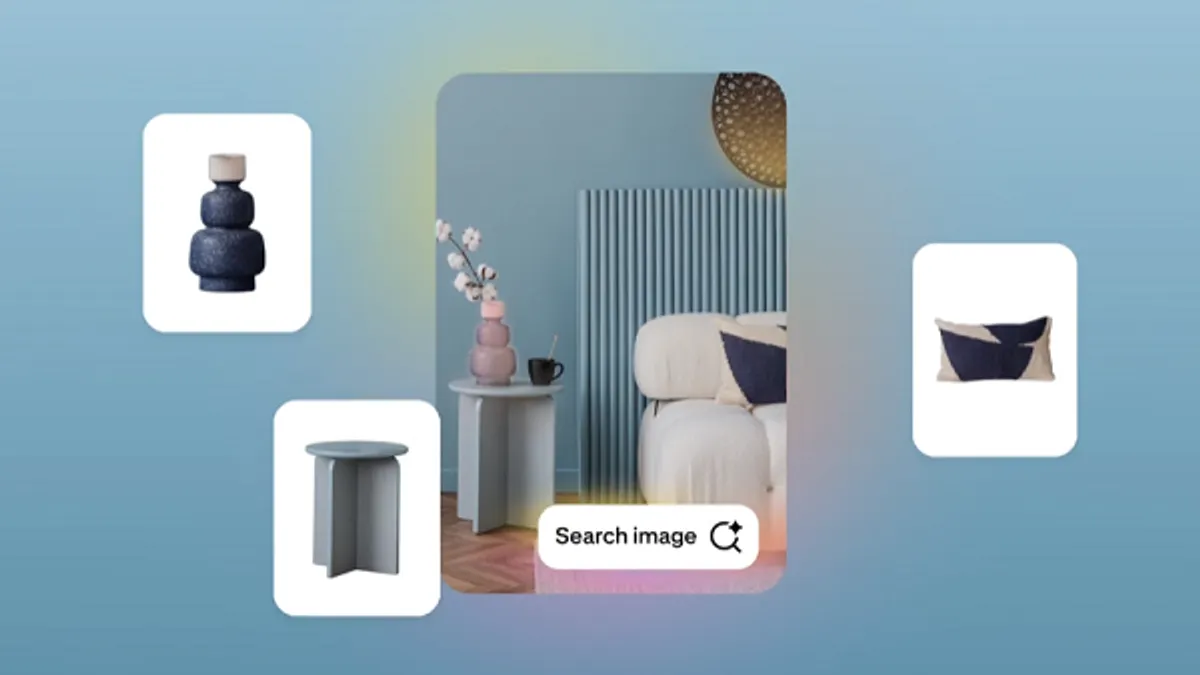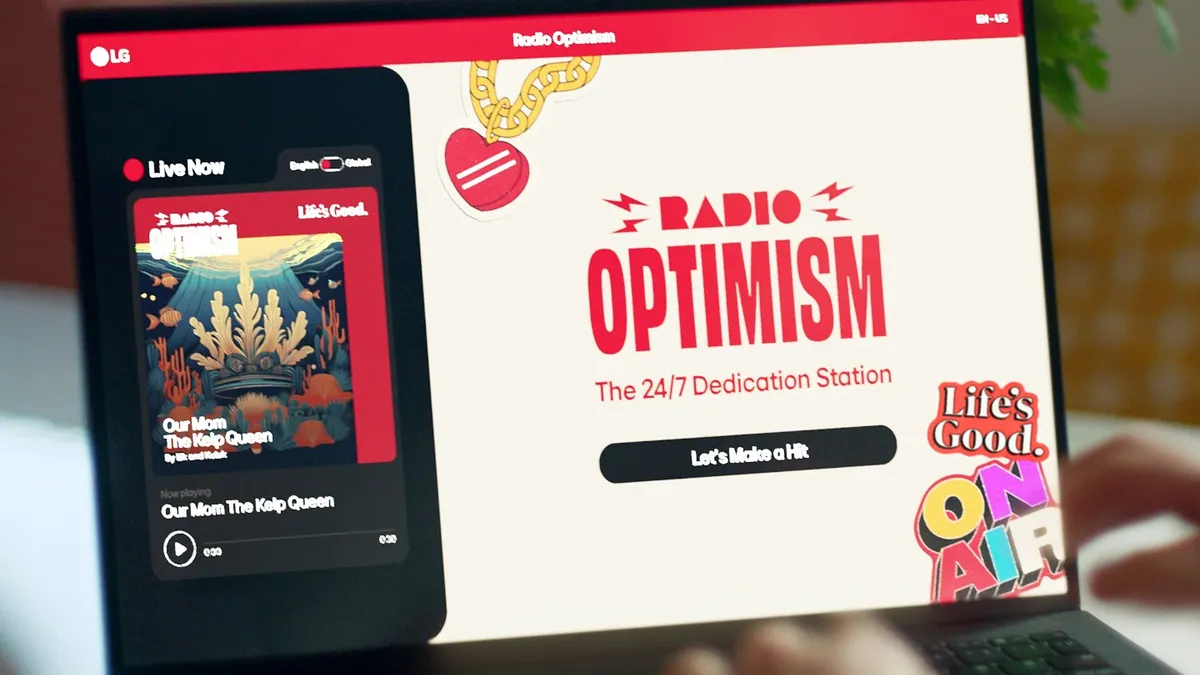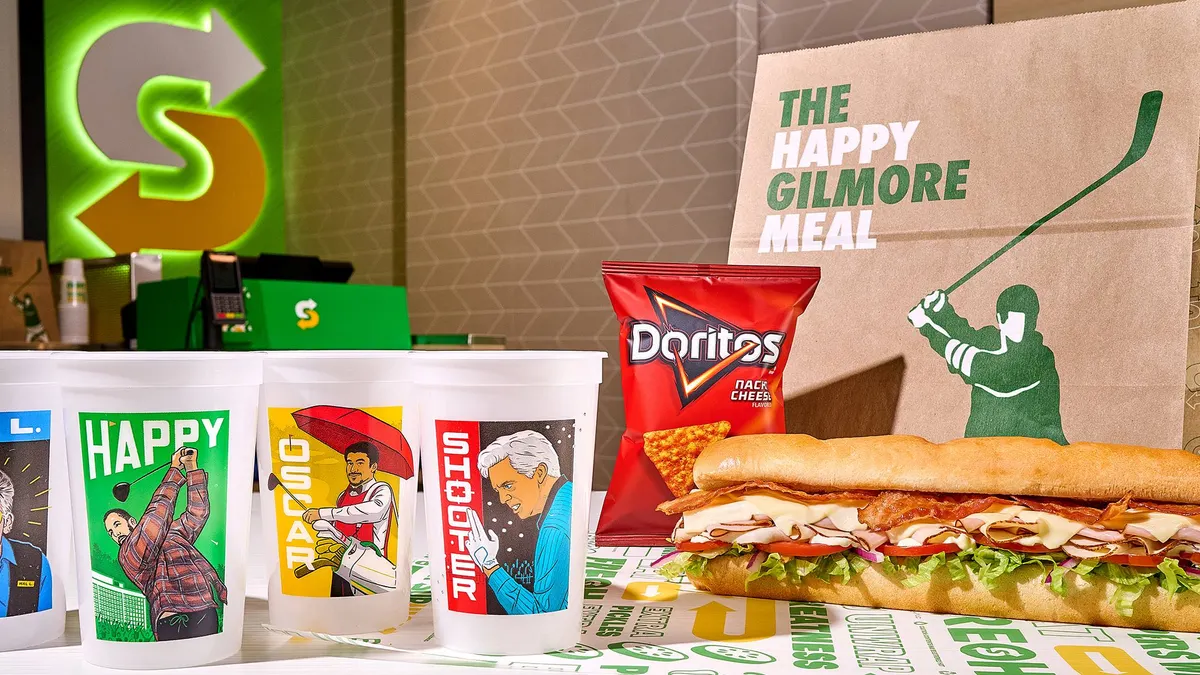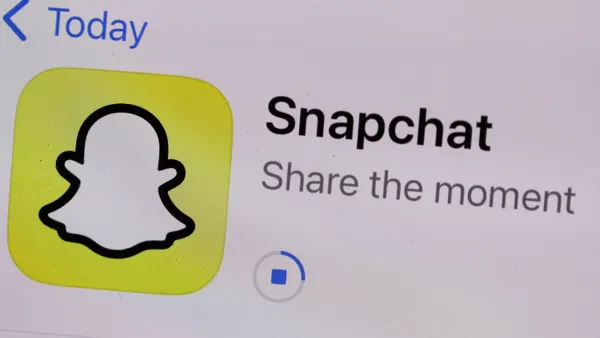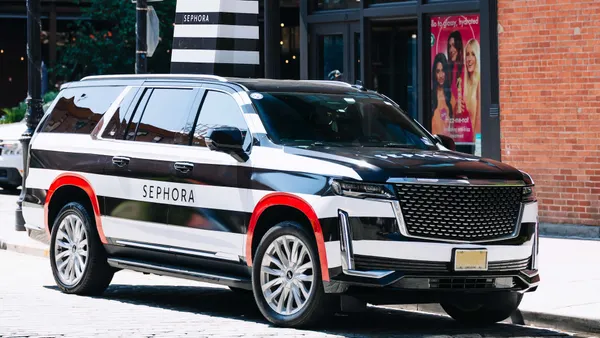Editor's Note: The following is a guest post from Prateek Duble, a consulting manager at IBB Consulting.
TV fans are flocking to social network show pages to learn more about their favorite series, talk with other viewers and discover what to watch next. Of course, not all visitors and commenters are created equal when it comes to helping to stimulate conversation, spread buzz and influence other users. This creates a challenge as media companies that maintain these pages seek to sharpen strategies around how they spend and target on social networks like Facebook to drive engagement, tune-in and increased ROI on social spend.
Finding and acquiring new viewers is crucial for driving engagement and growing both show and network tune-in loyalty. Retargeting existing subscriber bases is equally important for increasing retention and supporting acquisition for similar new shows. With 2 billion active users and counting, the importance of utilizing the right Facebook user-targeting methodologies to find those most likely to tune in to a show is more critical than ever to boost return on social marketing spend. According to IBB's analysis of posts by more than 20 million users on more than 80 Facebook TV show pages, an understanding of how to find and target "organic influencers" with the right data tools can prove to be a major component of these efforts.
Anatomy of an influencer on Facebook
Per IBB's research, the top 1% of users — ranked by number of comments made — post at least 28 comments across the TV show pages and time period analyzed, accounting for one-fifth of total comments. Within this group, the top 5% of users have a disproportionately large influence on the behavior of other users, driving 5x more replies and likes on their posts. These individuals, called organic influencers, receive a reply on at least half of their posts, signifying that other users frequently find the posts compelling enough to engage.
Organic influencers can be characterized by the resonance and engagement they bring to discussions. These influencers post more comments and stimulate many more conversations on average compared to the vast majority of users.
Tailoring organic influencer targeting
IBB's definition of an organic influencer can be used as a starting place for programmers seeking to increase ROI on tune-in marketing. In practice, the specific thresholds for both total comments and average replies generated can be adjusted to increase or reduce the targeted group. However, there's a corresponding tradeoff in influence as the criteria are loosened within the user distribution. The organic influencers identified with this methodology can also be used to support Facebook-driven marketing initiatives to:
- Create lookalike models leveraging Facebook's lookalike audiences capability to expand reach to audiences most likely to tune-in; and
- Leverage programmer CRM data to further understand organic influencer behaviors and interests, and further refine efforts around targeting of shows and promoted posts.
Programmers can take multiple approaches to make organic influencer data actionable depending on the scenario. For instance, during a series premieres, programmers can leverage data science strategies to extract the influencers of specific, related shows. A custom audience of influencers can then be created for the series premiere and expanded leveraging Facebook's lookalike audience capability. Programmers can track the specific activities of influencers to measure engagement. A conversion pixel could be used with video players on the TV network website to track promotional video engagement, awareness, tune-in and sharing.
Programmers that pursue targeting of organic influencers can estimate incremental promotional lift by calculating average replies and likes. IBB's findings reveal that the top 1% will generate 5x more replies than the control Facebook population. Similarly, the top 1% will generate 4x more likes than the control Facebook population.
To further evaluate targeting effectiveness, we recommend that test and control cells be formulated and tracked. The "influencers" selection should be measured for campaign effectiveness versus a control cell from a sample of a general non-influencer population and tracked over time.
Targeting a defined organic influencer group can benefit programmers via increased ad spend efficiency and improved ad spend allocation. Given the influence of these individuals, the organic influencer group is well-suited for targeting related to Facebook marketing objectives that include increased awareness, engagement, consideration, conversion and, of course, buzz.
Awareness marketing can promote new show pages via organic influencers and increase the network's brand awareness among consumers. Consideration targeting can be used to send users to the network's site to watch full episodes and gain more views. Conversion targeting can be used to promote tune-in, and can be measured through closed-loop tune-in solutions.
Social network engagement success is a constantly moving target for media companies. Including a focus on organic influencers as part of a complete strategy can help make the mark easier to hit over and over again.








